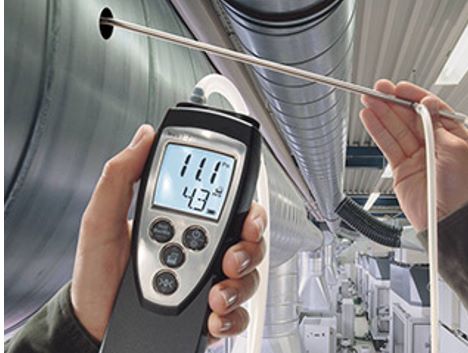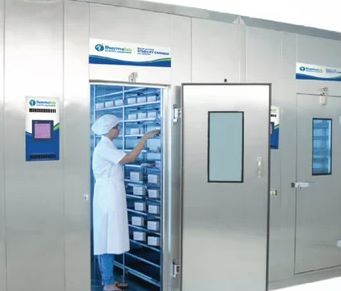
Air flow measurements in ducts
Air flow measurements in ducts according to DIN EN 12599 are crucial for the proper functioning of heating, ventilation, and air conditioning (HVAC) systems. High air volume can lead to increased operating costs, such as energy expenditure for fans and air conditioning costs. A correctly set HVAC system not only makes the indoor climate comfortable but also saves costs. Various standards worldwide, including EN 12599, EN 16211, and ASHRAE 111, are used to determine the correct measurement of flow velocities. The key parameter for evaluating the functional capability of the HVAC system is the air volume flow, which is the product of flow velocity and duct area.
The right measuring location is essential for meaningful measurements, as it must be allowed on all main ducts and supply lines to rooms with high requirements. Minimum distances from disruptions must be adhered to, and the measuring points must be easily accessible and have enough space for handling the measuring instrument. The flow must be free of returnflow or swirling.
Air flow through a duct does not have a uniform velocity, with the air in the middle flowing faster than at the duct wall. There are two basic flow profiles: laminar flow and turbulent flow. Ideal flow profiles are almost exclusively found in very long ducts running in a straight line and where there are no disruptions. The number of measuring points required depends on the distance from the disruption and the reading for air volume flow for the whole duct.




